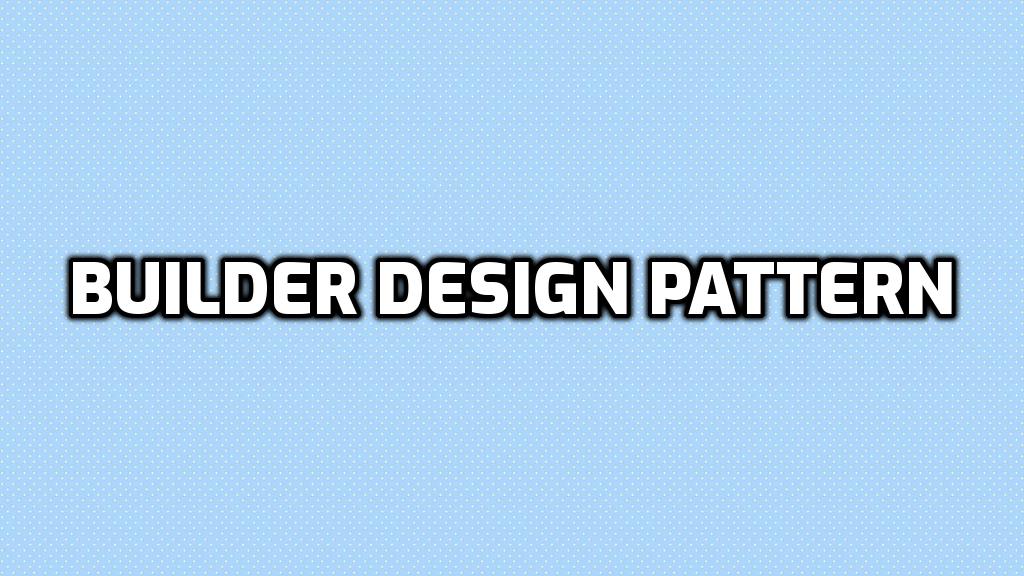Software Design
The Singleton Design …
Hey! In this blog post, we’ll explore the Singleton pattern with a special emphasis on its implementation in C# for managing database connections. What’s the Singleton Design Principle? The Singleton pattern is a creational design pattern and restricts the instantiation of a class to a …
The Builder Design …
The Builder design pattern is a creational design pattern in software development. This pattern is used when you need to create complex objects step-by-step and want to separate the object construction process from the object representation. In this blog post, we will talk about the Builder design …
The Abstract Factory …
The abstract factory pattern is a creational design pattern that helps create related objects without specifying their exact classes. This is useful when you need to create groups of objects that are interdependent. In this blog post, we will discuss the abstract factory pattern, and how to use it. …
The Factory Design …
The factory design pattern is a widely-used creational design pattern in software development. This pattern provides a way to create objects without explicitly specifying the classes they belong to. In this blog post, we’ll cover the basics of the factory design pattern, why you might want to …
Dependency Injection in …
Dependency Injection (DI) is one of the five principles of SOLID. In this blog post, we will explore the concept of Dependency Injection, focusing on its applications within C# programming. We’ll cover the basics of DI, dive into its advantages, and provide examples to demonstrate how it can …
Interface Segregation …
The Interface Segregation Principle (ISP) is one of the five principles of SOLID, a set of guidelines for writing maintainable and scalable software in object-oriented programming. In this blog post, we will take a look at the Interface Segregation Principle in depth, specifically in the context of …





